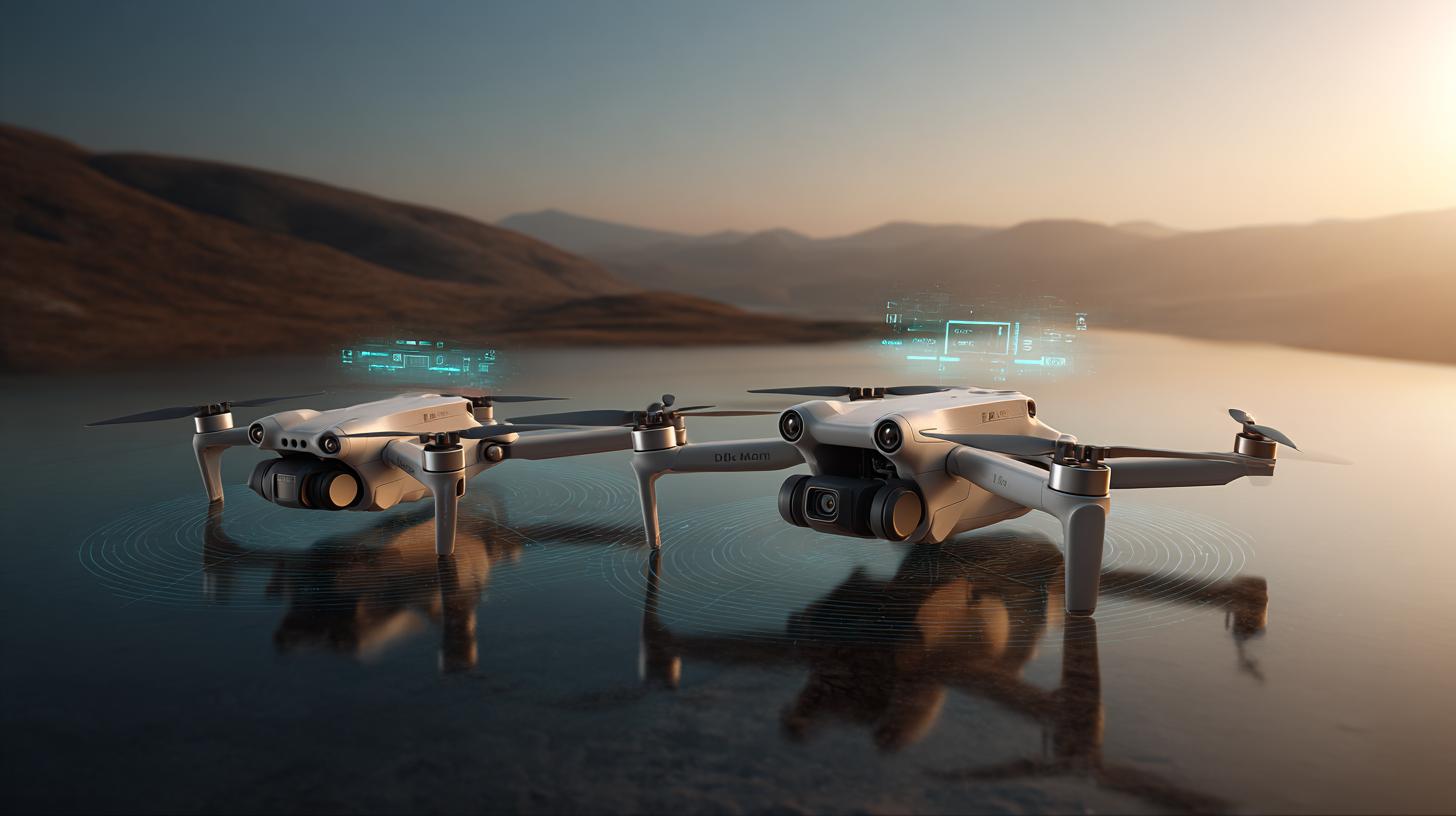Mini 3 Pro vs Mini 4 Pro: The Ultimate Comparison for Drone Enthusiasts
Choosing between the DJI Mini 3 Pro vs Mini 4 Pro can feel like selecting between two exceptional artists—each has its own palette of strengths. Whether you’re a professional videographer, a passionate traveler, or someone looking to capture breathtaking aerial stills, this detailed guide will help you decide which drone fits your needs. In the following sections, you’ll discover how design tweaks, camera upgrades, flight performance, and software smart features stack up. By the end, you’ll feel confident making the investment that elevates your creative projects to new heights. Ready to dive deep into the world of mini drones? Let’s explore everything that makes these pocket-sized powerhouses unique and find out which one deserves a place in your backpack.
Evolution of DJI’s Mini Series
From Mini 2 to Mini Pro
DJI revolutionized affordable aerial photography with the original Mini series, then raised the bar with the Mini 2’s enhanced camera and range. The leap to the Mini 3 Pro introduced 4K/60fps video, tri-directional obstacle sensing, and a vertical shooting mode, appealing to content creators hungry for pro features in a sub-250g frame.
Introducing the Mini 4 Pro
The Mini 4 Pro builds upon its predecessor by integrating upgraded sensors for better low-light performance, faster transmission with O3+, and advanced AI path planning. These tweaks make it an enticing upgrade for pilots seeking smoother footage and longer reliable range without compromising portability.
Key Features Comparison
Design and Portability
Both drones weigh under 250 grams, sparing you from strict registration in many countries. The Mini 4 Pro’s slight redesign offers a sturdier build and more intuitive button layout on the remote controller, while the Mini 3 Pro’s foldable arms remain incredibly compact. If ultimate packability is your top priority, you’ll appreciate how both models easily slip into a small daypack.
Camera and Image Quality
Mini 3 Pro introduced a 1/1.3″ CMOS sensor capable of 48MP photos and 4K/60fps video. The Mini 4 Pro ups the ante with improved noise reduction algorithms and a widened dynamic range. Whether you’re shooting cinematic sunsets or fast-paced action sequences, the newer model produces cleaner footage with richer details.
Flight Performance and Battery Life
The Mini 3 Pro delivers about 34 minutes of flight time, while the Mini 4 Pro extends that up to 38 minutes under ideal conditions. Wind resistance is slightly enhanced in the Mini 4 Pro thanks to a more efficient propulsion system. These gains mean fewer battery swaps during long exploratory flights.
Intelligent Flight Modes
- FocusTrack: Accurate subject tracking for smooth follow shots.
- ActiveTrack: Improved in Mini 4 Pro with better obstacle avoidance.
- QuickShots: Automated flight paths for cinematic clips.
- MasterShots: More creative templates in the Mini 4 Pro firmware.
Real-World Performance and Use Cases
Aerial Photography
Landscape photographers will notice the Mini 4 Pro’s wider dynamic range when capturing high-contrast scenes like mountains at sunrise. The Mini 3 Pro still holds its own, producing sharp images with balanced exposure control, making either drone a solid choice for stills.
Videography for Content Creators
With 4K/60fps on both models, vloggers and filmmakers can achieve slow-motion shots that feel buttery smooth. The Mini 4 Pro’s improved stabilization and O3+ transmission buffer out signal drops in urban environments, ensuring uninterrupted streaming or long-range recording.
Adventure and Travel
- Lightweight design means minimal baggage fees.
- Durable build tackles moderate wind and light rain.
- Quick setup helps you capture moments on the go.
Potential Challenges
Both drones are sensitive to strong winds due to their size. Pilots should exercise caution in gusty conditions and update firmware regularly to maintain optimal obstacle detection performance. Additionally, localized regulations may require registration, regardless of the sub-250g weight class.
Pricing and Value Assessment
The DJI Mini 3 Pro typically retails around $759 (fly more combo slightly higher), while the Mini 4 Pro starts at $909. Although the Mini 4 Pro carries a premium, its enhanced AI features, longer flight times, and improved low-light camera justify the cost for serious enthusiasts. If budget is a constraint, the Mini 3 Pro remains an unbeatable value for high-quality aerial imaging.
Which Drone Should You Choose?
If you’re a hobbyist looking to elevate your Instagram feed and don’t need the absolute latest in AI flight modes, the Mini 3 Pro is a versatile performer at an excellent price point. However, multimedia professionals and frequent travelers will appreciate the Mini 4 Pro’s advanced stabilization, longer endurance, and superior image processing. Both drones are marvels of engineering—your decision ultimately hinges on how much you’re willing to invest in incremental performance gains.
Ready to elevate your aerial photography and video game? Head over to the DJI official store to explore current deals, and start charting your next adventure with the perfect drone companion. Happy flying!

